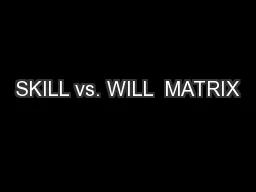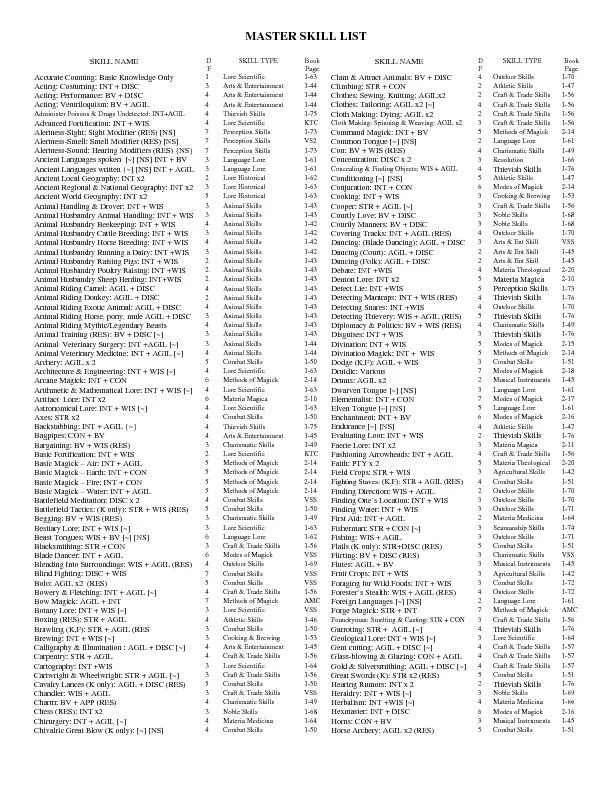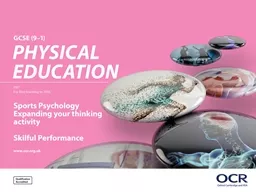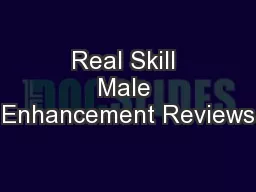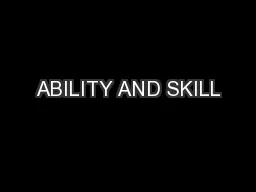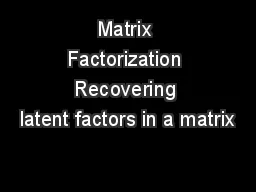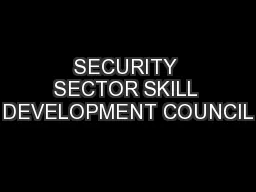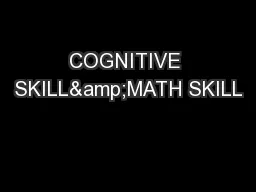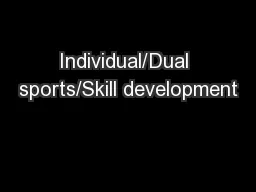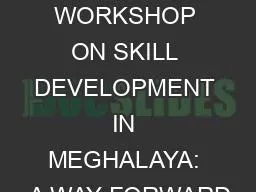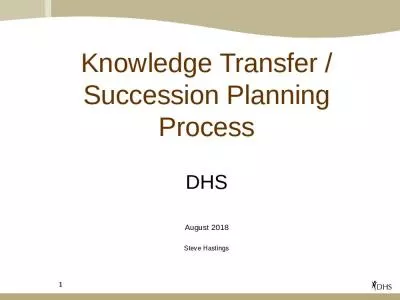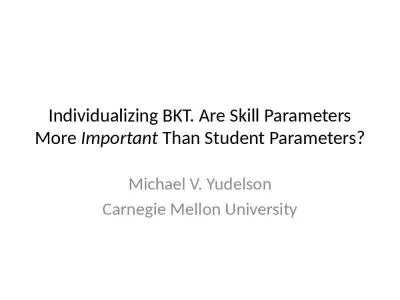PPT-SKILL vs. WILL MATRIX
Author : jane-oiler | Published Date : 2018-10-29
The SkillWill Matrix I ntroduced by Max Landsberg in his book The Tao of Coaching H as been widely accepted as is a useful method of ensuring that a coachs
Presentation Embed Code
Download Presentation
Download Presentation The PPT/PDF document "SKILL vs. WILL MATRIX" is the property of its rightful owner. Permission is granted to download and print the materials on this website for personal, non-commercial use only, and to display it on your personal computer provided you do not modify the materials and that you retain all copyright notices contained in the materials. By downloading content from our website, you accept the terms of this agreement.
SKILL vs. WILL MATRIX: Transcript
Download Rules Of Document
"SKILL vs. WILL MATRIX"The content belongs to its owner. You may download and print it for personal use, without modification, and keep all copyright notices. By downloading, you agree to these terms.
Related Documents

